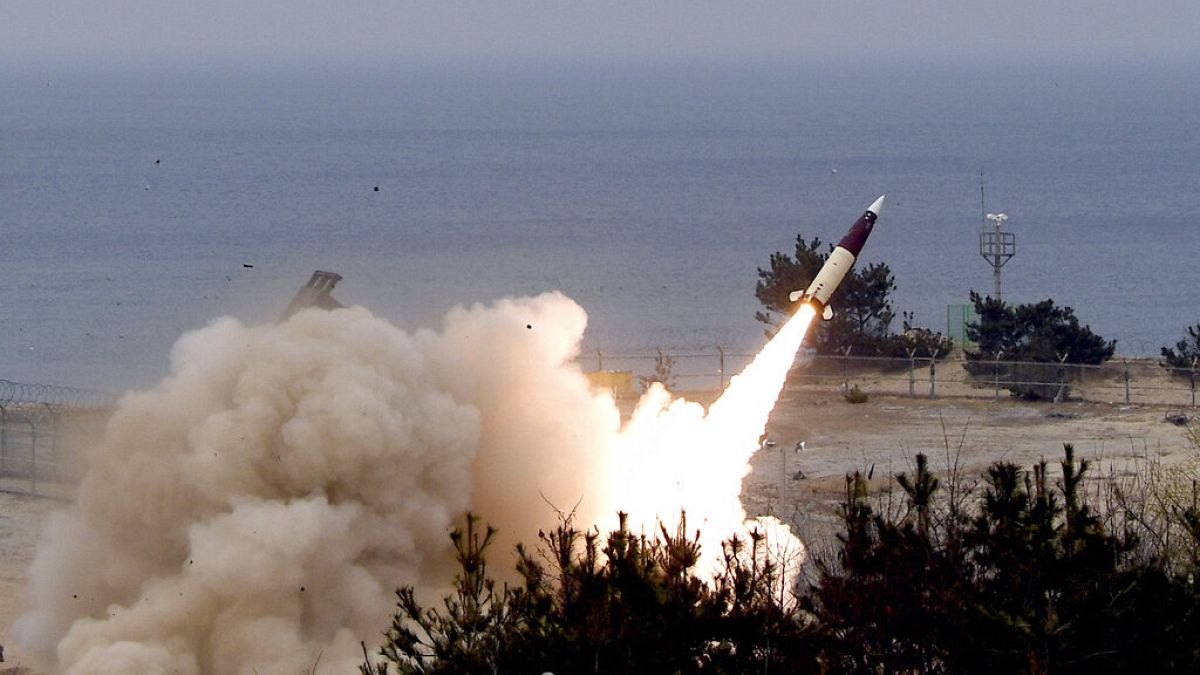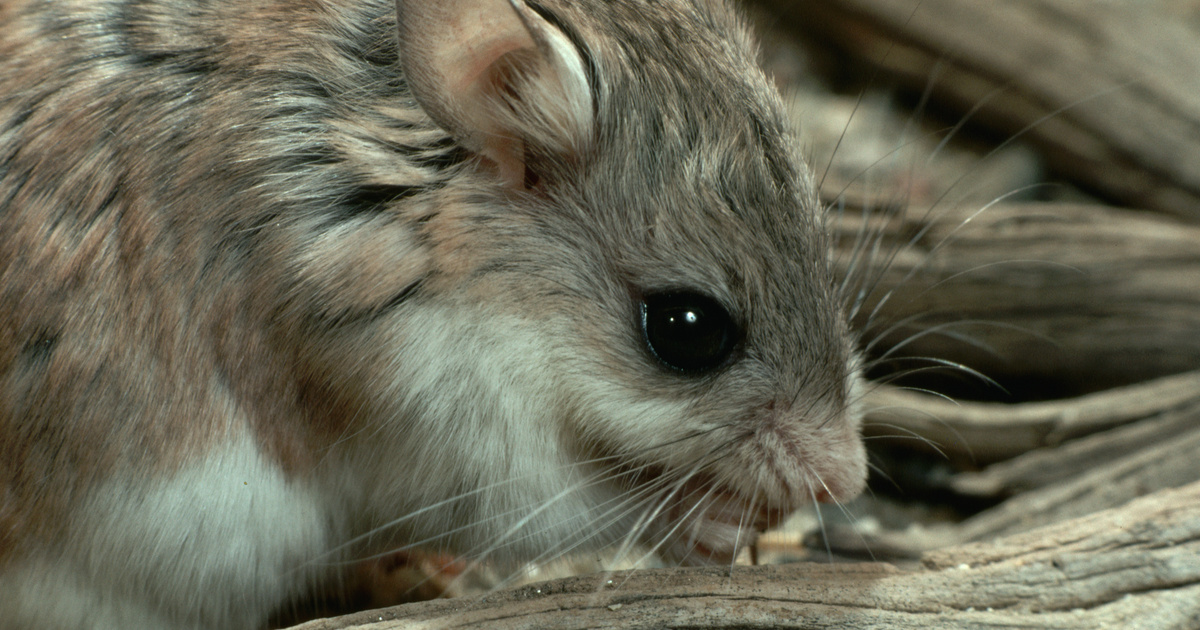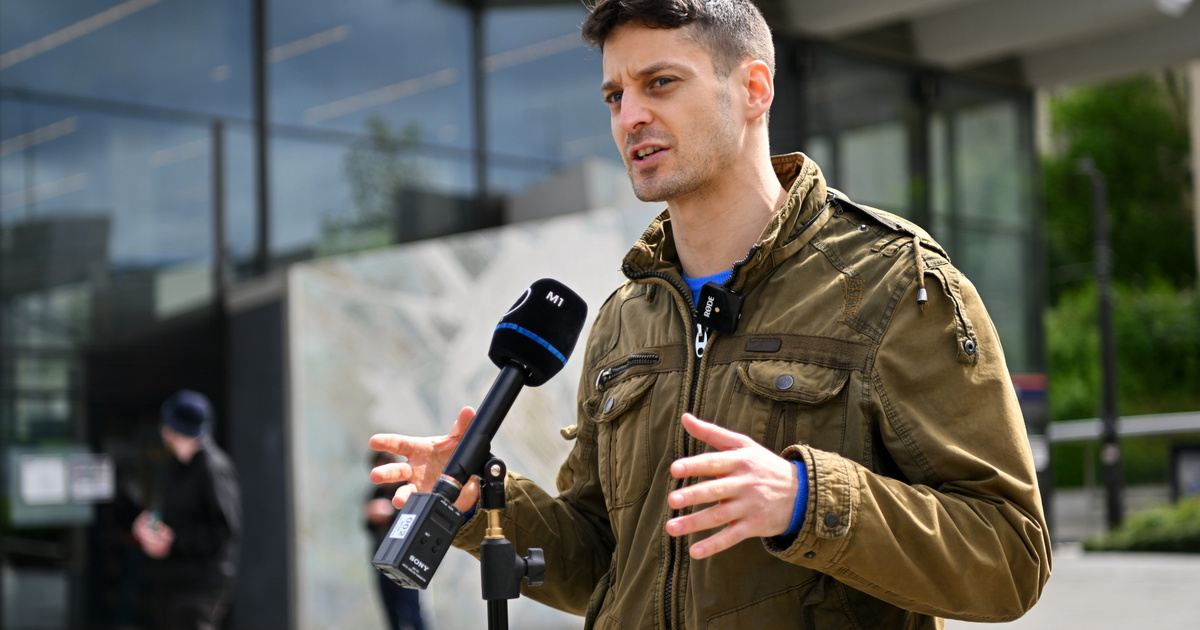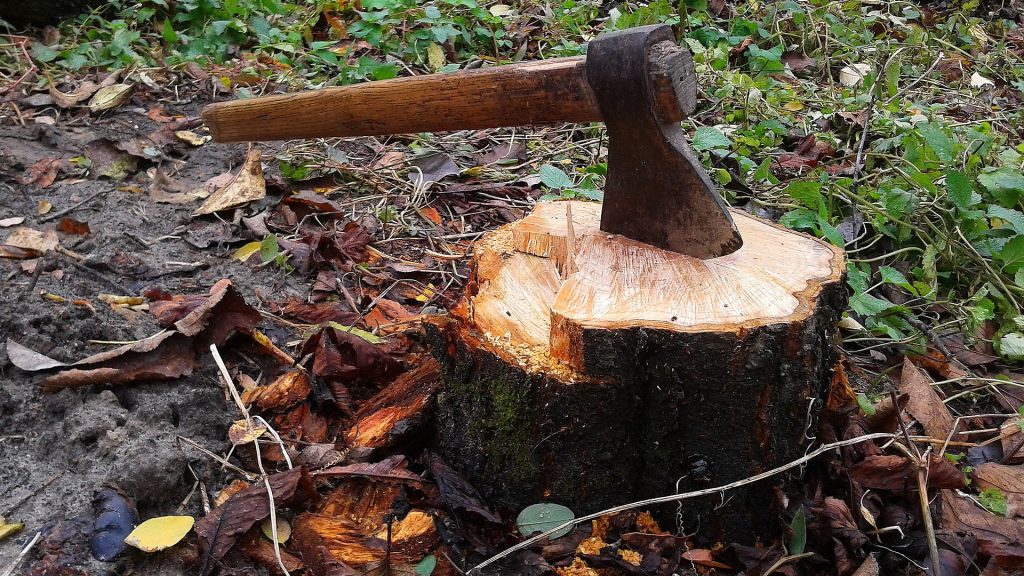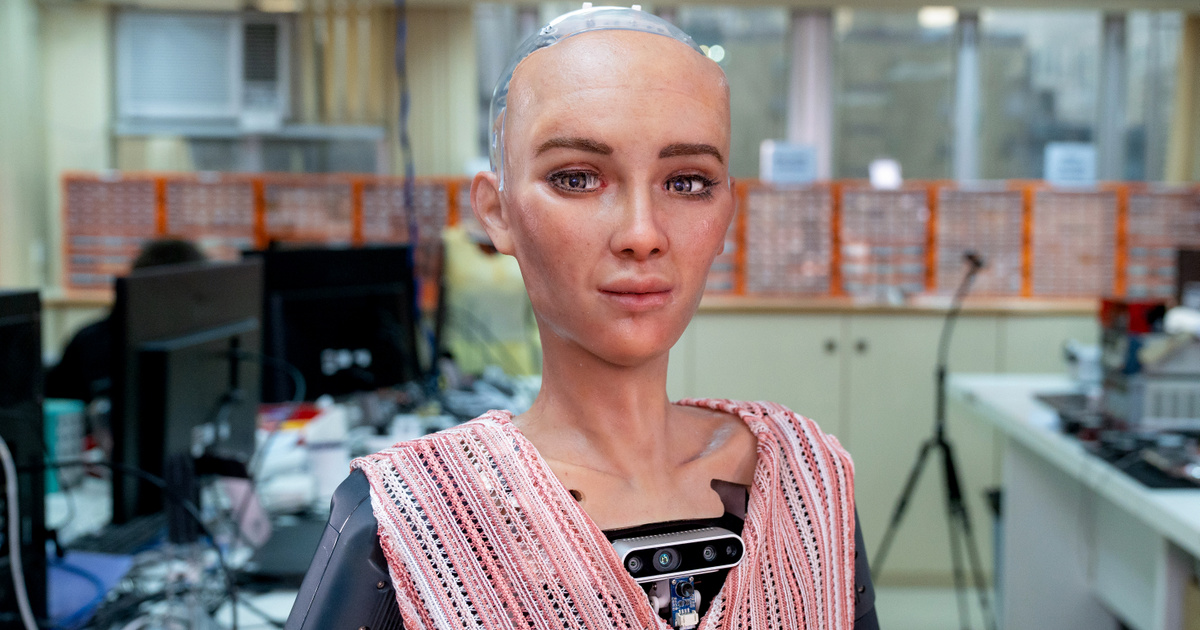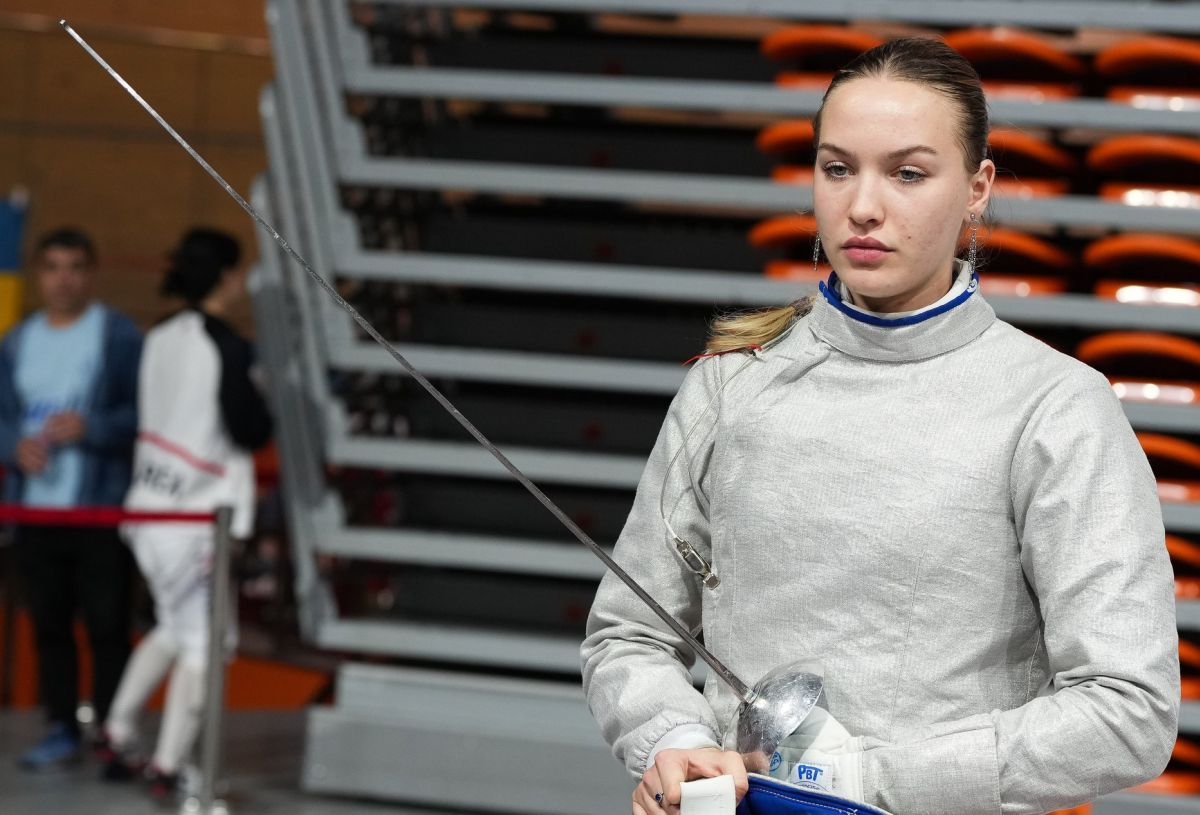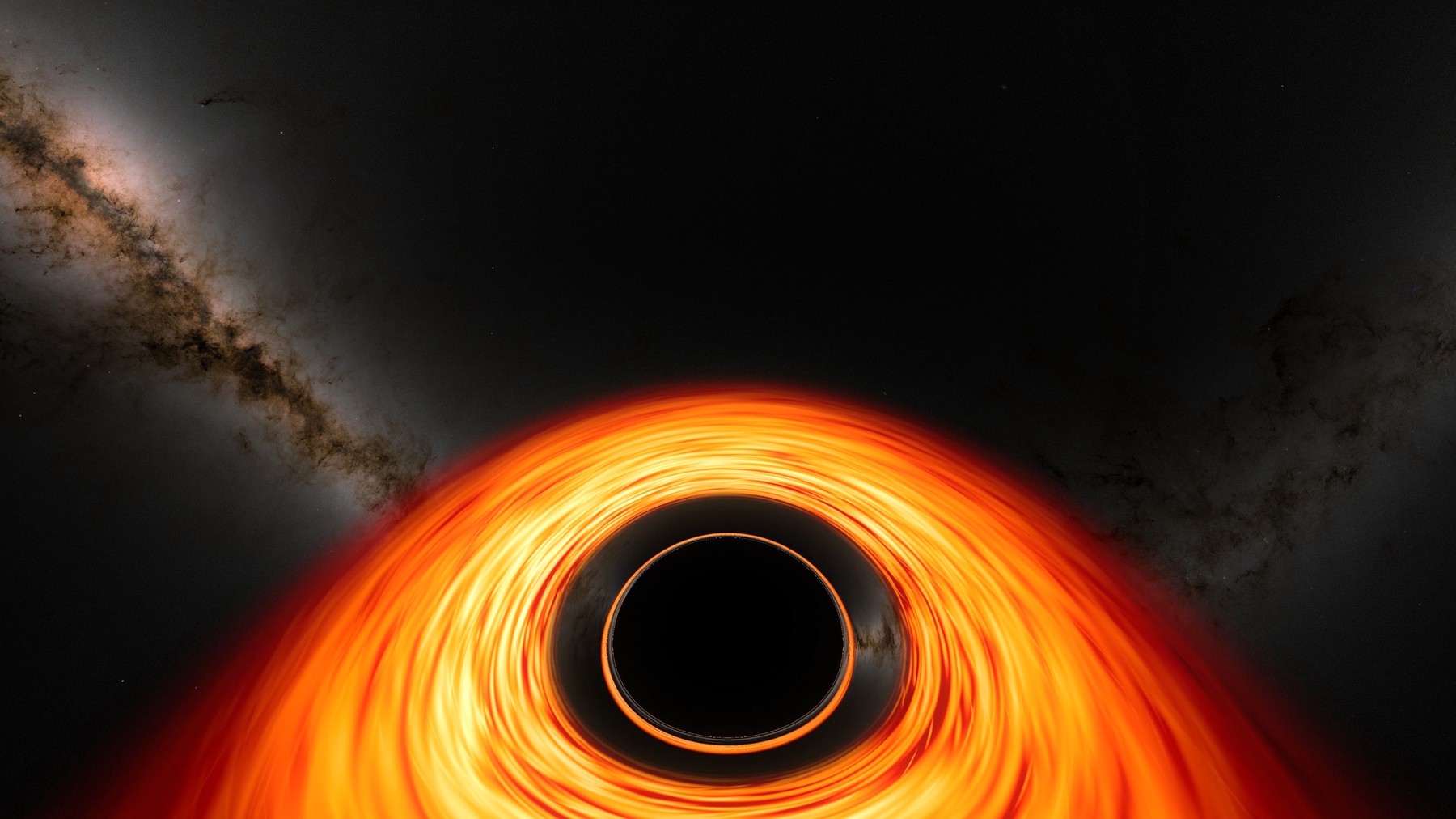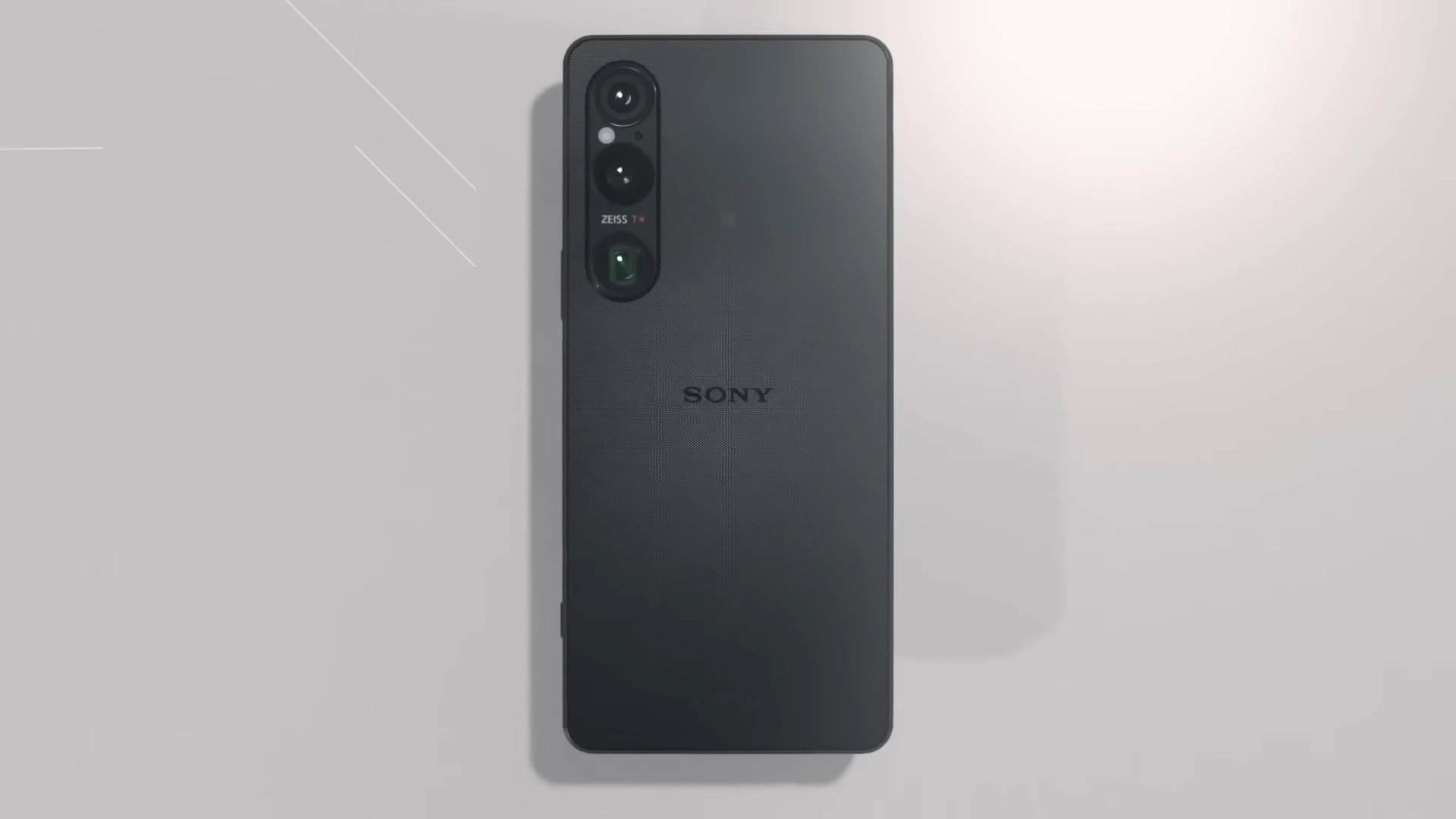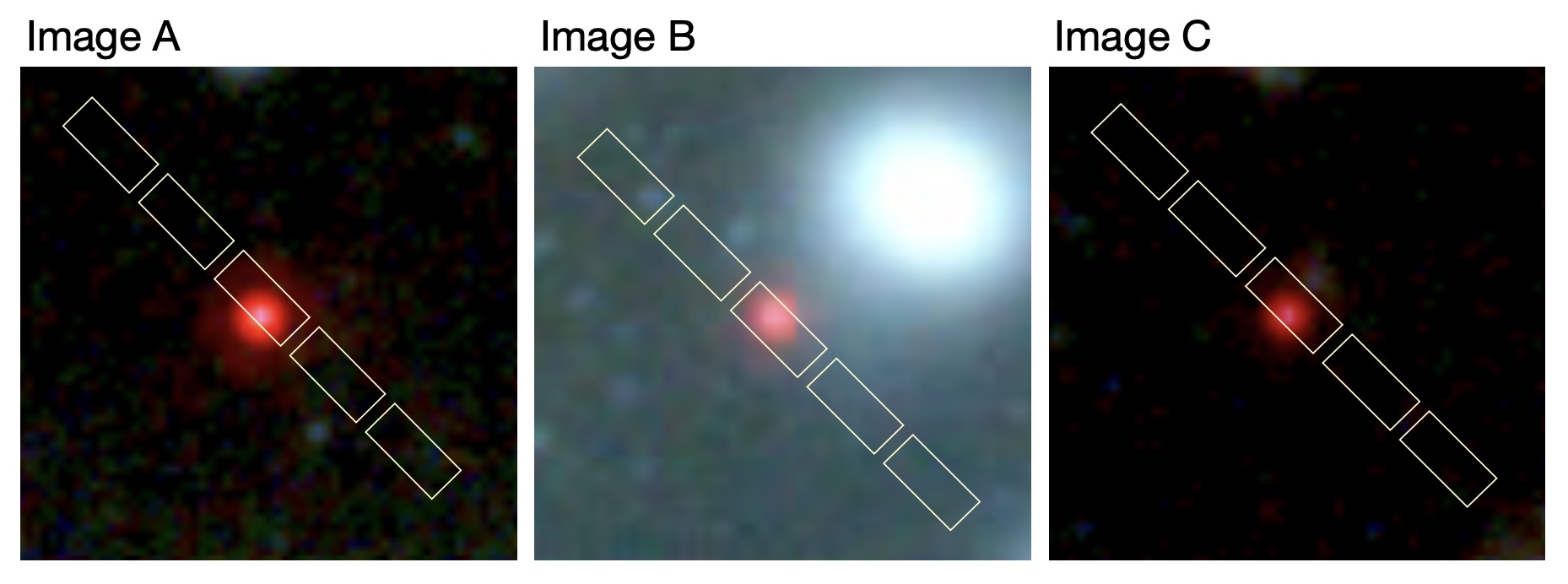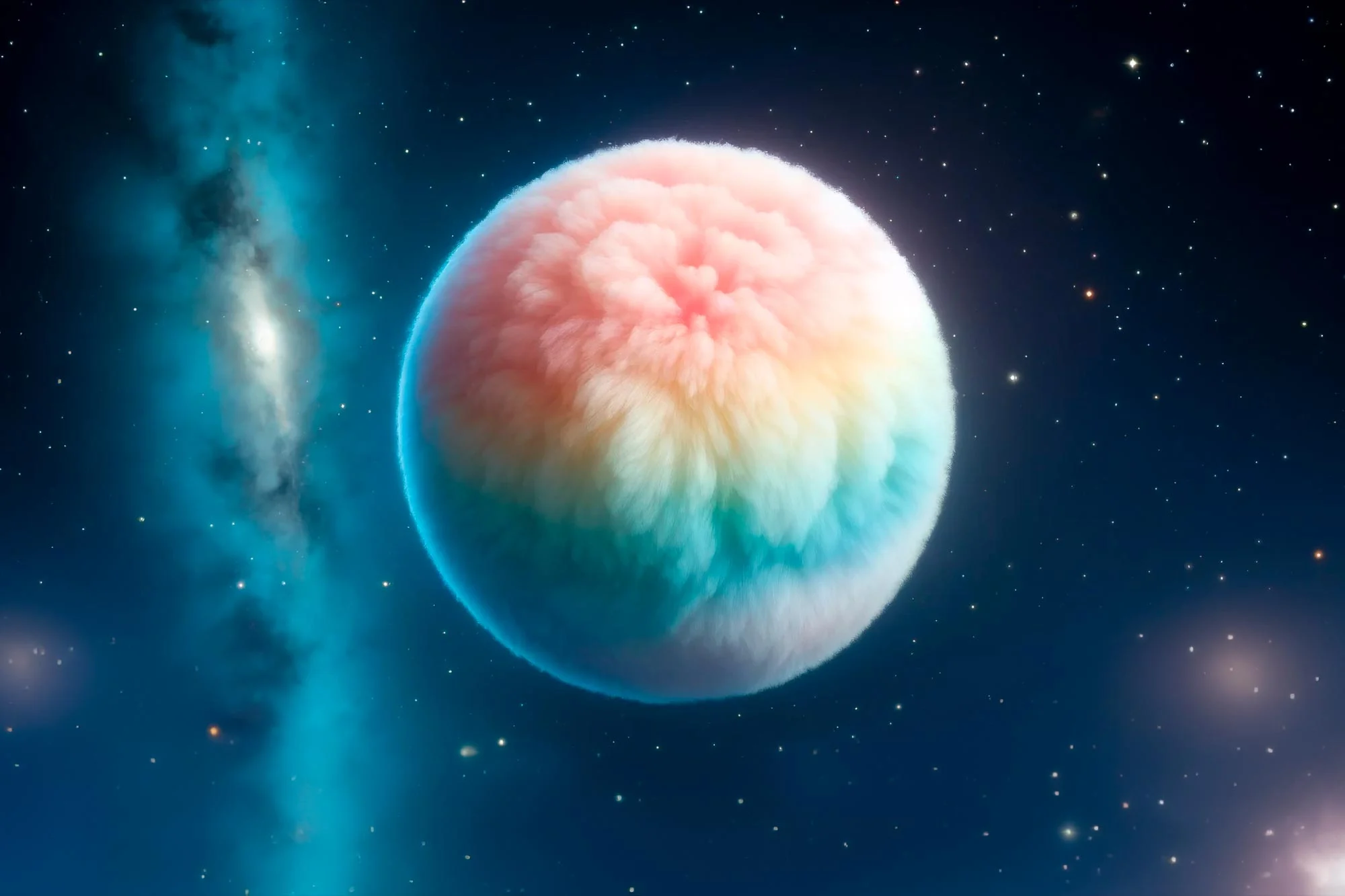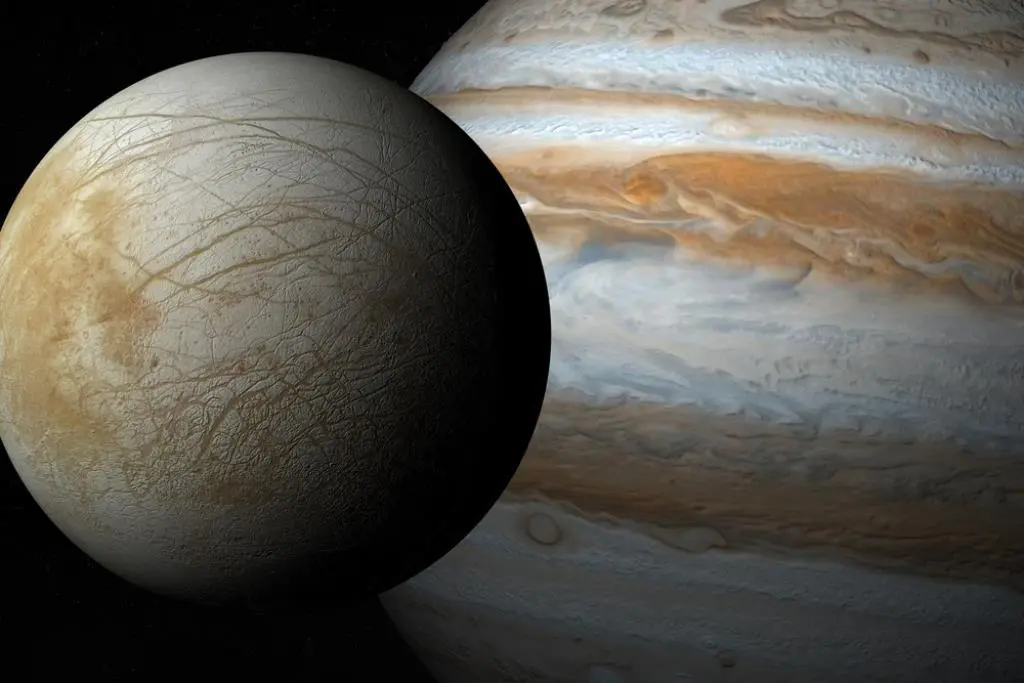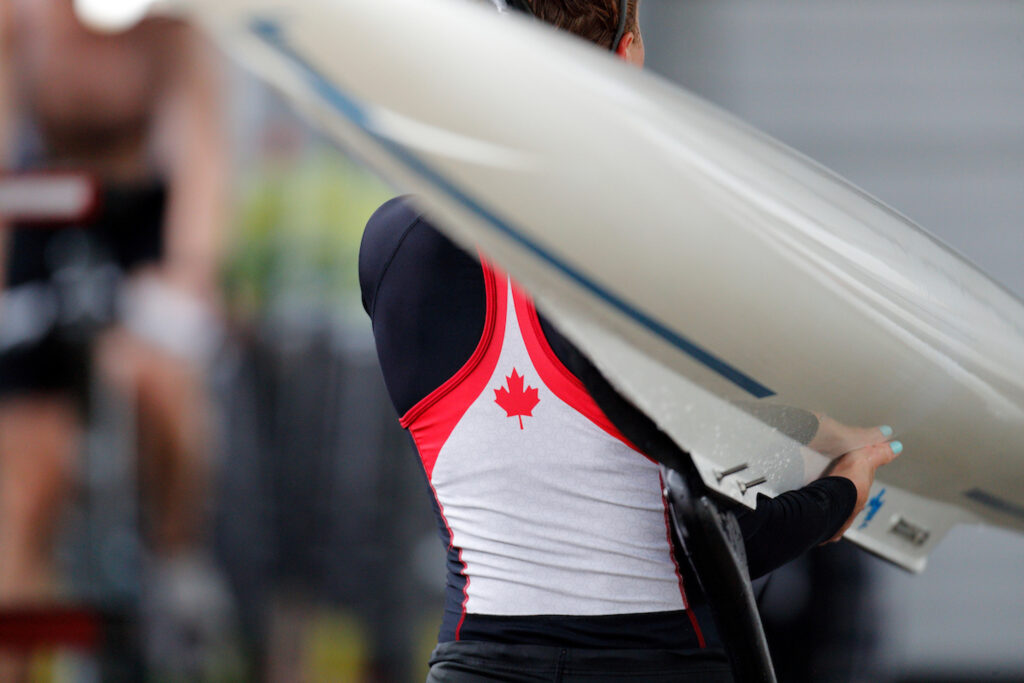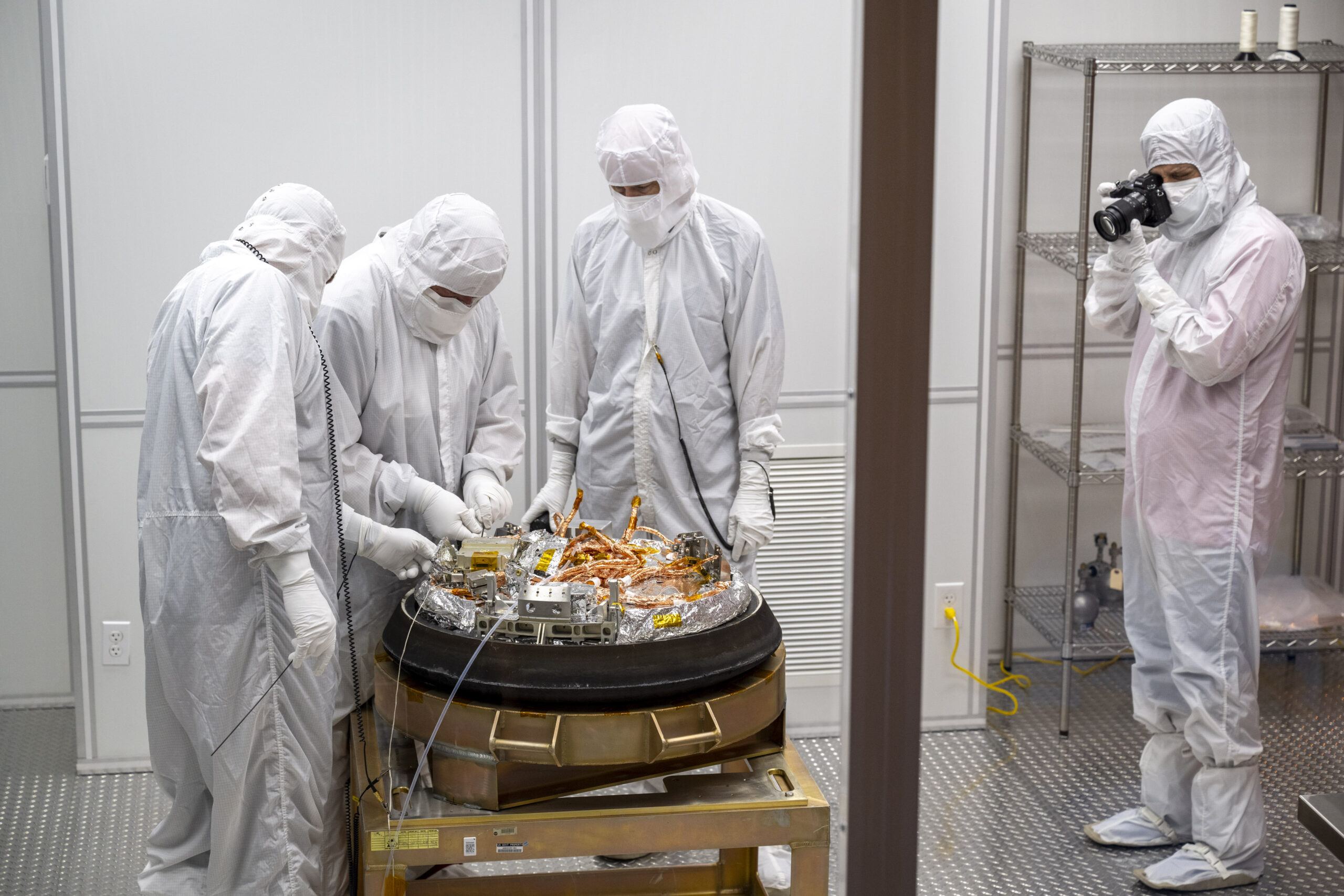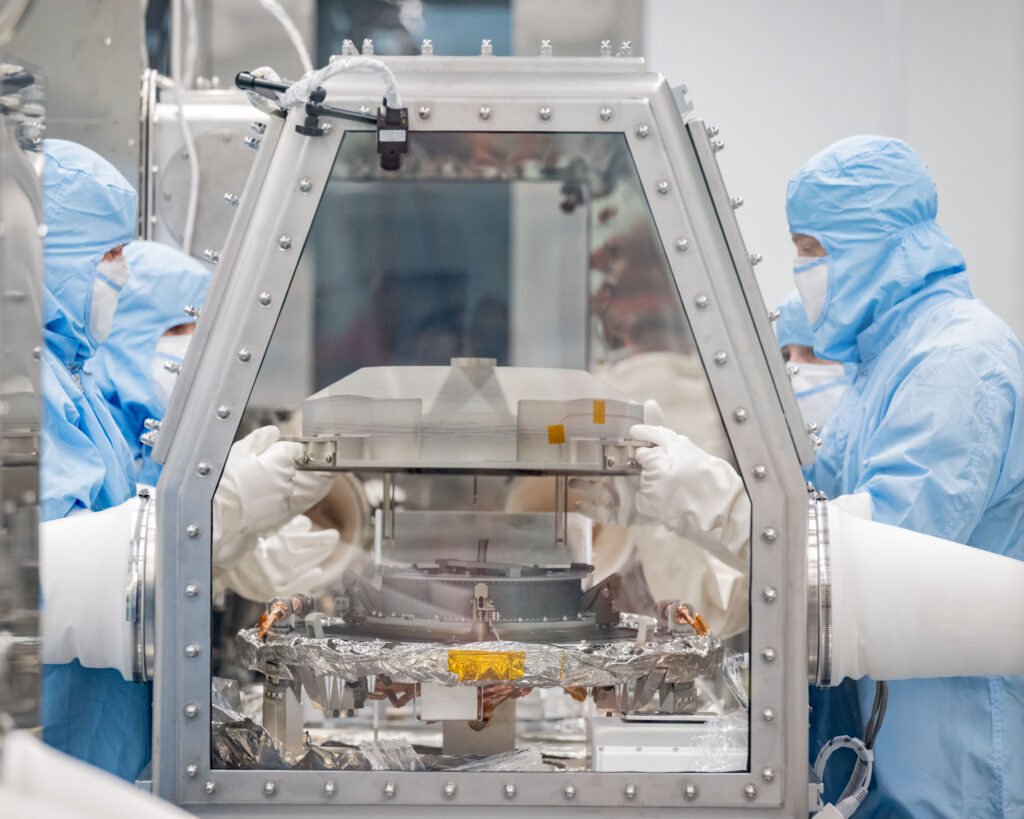OSIRIS-REx sampling is going slower than planned, but for good reason.
On September 24, the OSIRIS-REx probe returned to Earth samples from the asteroid Bennu, which it had collected from the asteroid three years earlier, on October 20, 2020. The entire mission of the probe took place over seven years since its launch in 2016, but collecting the rocks itself was a process Extremely fast: After turning on its engines, the spacecraft deviated from its orbit around Bennu, launching its 3.3-meter-long robotic arm capable of collecting rocks. The samples then descended for four hours toward the surface in the direction of a specific spot with a diameter of eight meters. Upon arriving, he blasted off part of the rock from the asteroid by releasing nitrogen gas, and picked up the scattered debris using the robotic arm’s container. The probe immediately left the surface and returned to its previous orbit. NASA calls this method a touch-and-go operation, since the spacecraft didn’t actually land on Bennu, but rather only touched the surface with its arm for a few seconds.
OSIRIS-REx began its journey home in May 2021 with its precious payload, which it finally launched after arriving at Earth a few days ago. The shipment landed at the predetermined point in Utah, where it was transported by helicopter to a temporary facility built nearby.
Here, a crucial procedure was implemented to ensure the purity of the samples: nitrogen gas was released inside the capsule containing the container to keep ground compounds away from the container and avoid contamination. The tank then traveled to Houston at NASA’s Johnson Space Center, where the first tests had already begun.
NASA a report According to the report, the process is going slower than planned, but this is an exceptionally good thing, because the reason for the delay is the larger sample quantity than expected. So far, the researchers have only removed the outer lid of the container, and have not yet touched the head of the TAGSAM (touch-and-go sample acquisition mechanism), which holds the sample collection container. However, already during the first step, small dark-colored particles were discovered that were stuck to the lid and sides of the container and which were part of the asteroid. Although a large amount of debris (perhaps more than 250 grams) was obtained during the mission, the preservation of each particle is important for analyses, so experts collected these particles with great care. Careful analytical examinations of these elements will give insight into what researchers can expect when they open the container and view the samples inside. The tests use scanning electron microscopes, infrared measurements, and X-ray diffraction equipment to reveal the chemical and mineralogical composition of the grains.
The particles are very small in size, and some have a dust-like texture, while inside the container, NASA employees will likely find larger pieces as well. Separating the TAGSAM head requires more than an additional work week, and the device will then be disassembled in another manipulator using gloves. Then there will be a first look at the samples provided by NASA live feed On October 11 at 5 pm Hungarian time.
But why is it important to identify the asteroid?
Samples of minor planets have already reached Earth before and were collected by a probe under controlled conditions, so they did not reach us during the collision: the Japan Aerospace Exploration Agency’s Hayabusa probe brought particles from the Itokawa asteroid to the planet in 2010 after great difficulties. The Japan Aerospace Agency’s Hayabusa-2 probe delivered samples taken from the asteroid Ryugu to Earth in December 2021. During the first Hayabusa mission, they attempted to collect a sample using touch-and-go technology that NASA also uses, but after several failed attempts, the spacecraft crashed into the surface. After the slightly damaged probe was finally returned to Earth, particles were found to have been accidentally collected during the collision in one of the tanks so that tests could be performed.
The study of Itokawa and Ryugu revealed interesting information about asteroids: Ryugu was found to contain at least twenty types of amino acids, while Ryugu was found to contain at least twenty types of amino acids, while traces of chloride were found Sodium on Itokawa, as well as signs of an active hydrothermal system.
This time, the debris came from Bennu, which contains a rare B-type asteroid and compounds from the early solar system. Analyzing the materials in it can help us understand the evolution of the solar system, including elucidating the role of carbon-rich asteroids in its evolution.
Investigating it is also important because the asteroid is one of the most dangerous asteroids that pose a potential danger to Earth.
Therefore, it is important to learn about its structure as accurately as possible. Last mathematical calculations It will cross Earth’s orbit in 2182, but the chance of its collision is very small, 1/2700. By observing the asteroid’s material and structure, experts gain insight into the workings of the celestial body and can better assess how it might be affected by some type of intervention if necessary. NASA demonstrated the asteroid deflection technology during the DART mission last September, when a probe was directed at the asteroid Demorphos. The mission proved successful: the space object was moved from its original orbit for a longer period than planned. If, in the coming decades, it proves that a similar diversion will be necessary in relation to Bennu to avoid danger, precise knowledge of the asteroid’s structure will play a vital role in mission planning.
A quarter of Bennu’s samples are from the 233-member OSIRIS-REx team They got it For analysis purposes, 4% will be allocated to the Canadian Space Agency, 0.5% to JAXA by NASA, and about 70% will be retained at NASA’s Johnson Space Center for further studies, which will be carried out by next-generation experts. And perhaps even today with no monitoring devices.
(Photo: Keegan Barber/Robert Markowitz/NASA)




